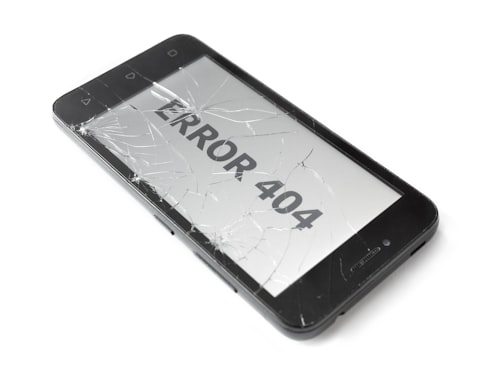As an expert in email delivery, it's essential to have a comprehensive understanding of common bounce errors. One such error that frequently occurs is the 5.1.2 email bounce error. In this article, we will explore the causes behind the 5.1.2 error, provide effective solutions, and offer best practices to mitigate this issue.
What is the 5.1.2 Email Bounce Error?
The 5.1.2 email bounce error is a specific type of bounce error code that indicates a problem with the destination email address. When you encounter this error, it means that the recipient's email server has reported a mailbox full or exceeded its storage limit, preventing the delivery of your email.
Common Causes of the 5.1.2 Email Bounce Error
Several factors can contribute to the occurrence of the 5.1.2 email bounce error:
Mailbox Quota Exceeded: The recipient's mailbox may have reached its storage limit, causing any new incoming messages to bounce back.
Full Mailbox: The recipient's mailbox may be full due to a backlog of emails, preventing the acceptance of new messages.
Temporary Storage Issues: In some cases, temporary issues with the recipient's email server can lead to the 5.1.2 bounce error. These issues can include maintenance, server overload, or technical glitches.
Resolving the 5.1.2 Email Bounce Error
To overcome the 5.1.2 email bounce error and ensure successful email delivery, consider the following solutions:
1. Retry Sending: In some instances, the recipient's mailbox may become available shortly after encountering the bounce error. Therefore, try resending the email after a reasonable amount of time.
2. Contact the Recipient: If you have a means to communicate with the recipient outside of email, such as phone or messaging apps, inform them about the issue and request that they free up space in their mailbox.
3. Verify the Email Address: Double-check the accuracy of the recipient's email address to ensure there are no typos or errors that could be causing the bounce error. A small mistake in the email address can lead to failed delivery.
4. Inform the Sender: If you are receiving the 5.1.2 bounce error as the sender, it's crucial to inform them about the issue so they can take appropriate action. They may need to contact their email service provider or make adjustments to their email sending practices.
Best Practices to Avoid the 5.1.2 Email Bounce Error
While it's impossible to entirely eliminate the occurrence of bounce errors, you can follow these best practices to minimize the likelihood of encountering the 5.1.2 email bounce error:
Maintain Good List Hygiene: Regularly clean your email list by removing invalid or inactive email addresses. This helps reduce the chances of encountering bounce errors.
Set Expectations: Inform your recipients about the frequency and type of emails they can expect to receive from you. This can help manage their mailbox space and reduce the likelihood of encountering mailbox full errors.
Monitor Bounce Rates: Keep a close eye on your email bounce rates. High bounce rates may indicate larger underlying issues that need to be addressed.
Use an Email Delivery Service: Consider using a reputable email delivery service that has built-in bounce management features. These services can help handle bounce errors more effectively and provide detailed analytics for better email delivery performance.
Frequently Asked Questions (FAQs)
1. What does the 5.1.2 email bounce error mean?
A1: The 5.1.2 email bounce error indicates that the recipient's mailbox is either full or has exceeded its storage limit, preventing the delivery of your email.
2. Can the 5.1.2 email bounce error be resolved?
A2: Yes, the 5.1.2 email bounce error can be resolved by retrying the email delivery after a reasonable amount of time, contacting the recipient to free up space in their mailbox, or verifying the email address for accuracy.
3. How can I avoid the 5.1.2 email bounce error?
A3: To avoid the 5.1.2 email bounce error, maintain good list hygiene, set expectations with your recipients, monitor bounce rates, and consider using an email delivery service with bounce management features.
4. Is the 5.1.2 email bounce error temporary?
A4: The 5.1.2 email bounce error can be temporary in some cases, especially if it is caused by temporary storage issues on the recipient's email server. However, it is important to investigate the underlying cause and take appropriate action.
5. Should I notify the sender if I encounter the 5.1.2 email bounce error?
A5: If you are the recipient encountering the 5.1.2 email bounce error, it is advisable to inform the sender about the issue so they can take appropriate measures. They may need to contact their email service provider or make adjustments to their email sending practices.
Conclusion
The 5.1.2 email bounce error can be frustrating, but it is a common issue in email delivery. By understanding the causes behind the error and implementing the suggested solutions and best practices, you can increase the chances of successful email delivery and reduce the likelihood of encountering the 5.1.2 bounce error. Remember to maintain good list hygiene, communicate with your recipients, and monitor bounce rates for optimal email delivery performance.



